November 29, 2016 – If you haven’t yet read Parts 1 and 2 of Peter Diamandis’ mindshare about how primary education needs to develop a new paradigm, please do so by scrolling down on the home page of 21stcentech.com. Then come back and read this new posting which describes Diamandis’ top five technologies that he believes will reshape education to meet the demands of the 21st century.
Tech 1: Virtual Reality (VR) can make learning truly immersive.
Research has shown that we remember 20% of what we hear, 30% of what we see, and up to 90% of what we do or simulate. VR enables students to simulate flying through the bloodstream while learning about different cells they encounter, or travel to Mars to inspect the surface for life. To make this a reality, Google Cardboard launched its Pioneer Expeditions product. Under this program, thousands of schools around the world received kits containing everything a teacher needs to take his or her class on a virtual trip. While data on VR use in K-12 schools and colleges has yet to be gathered, the steady growth of the market is reflected in the surge of companies such as zSpace, Alchemy VR and Immersive VR Education, solely dedicated to providing schools with packaged education curriculum and content.
Add to VR related technology, Augmented Reality (AR), and experiential education really comes alive. Imagine wearing an AR headset that is superimposes educational lessons on top of real-world experiences. Interested in botany? As you walk through a garden, the AR headset superimposes the names and details of every plant you see.
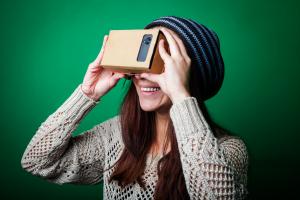
Tech 2: 3D Printing is allowing students to bring their ideas to life.
Never mind a computer on every desk, or a tablet for every student. That’s a given. In the near future, teachers and students will want 3D printers on desks to help them learn core science, technology, engineering and mathematics (STEM) principles. Bre Pettis, of MakerBot Industries, in a grand but practical vision, sees a 3D printer on every school desk in America.
“Imagine if you had a 3D printer instead of a LEGO set when you were a kid; what would life be like now?” asks Pettis. You could print your own mini-figures, your own blocks, and you could iterate on new designs as quickly as your imagination allows. MakerBots are now in over 5,000 K-12 schools across the United States.
Take this one step further. You can imagine having a 3D file for most Wikipedia entries, allowing you to print out and study an object in the past you could only read about or visualize in VR.
Tech 3: Sensors and Networks.
An explosion of sensors and networks is going to connect everyone to the Internet at gigabit speeds making access to rich video available at all times. At the same time, sensors will continue to get smaller and use less power, becoming embedded in everything. One benefit will be connecting sensor data with machine learning and AI such that a child’s attention drifting, or confusion, can be easily measured and communicated to a classroom teacher. The result can give the teacher the ability to represent information in an alternate modality or at a different speed to help the child learn.
Tech 4: Machine Learning is making learning adaptive and personalized.
No two students are identical. They have different modes of learning. Some learn better by reading, others by seeing, hearing, or doing. Students with different educational backgrounds, different intellectual capabilities and different attention spans don’t absorb information the same way at the same pace. Advances in machine learning and the surging adaptive learning movement seek to solve these challenges.
Companies like Knewton and Dreambox have over 15 million students on their respective adaptive learning platforms. Soon, every education application will be adaptive learning to personalize lessons for specific students. The tools include adaptive quizzing apps, flashcard apps, textbook apps, simulation apps and many others.
Tech 5: Artificial Intelligence and the Dawn of AI Teaching Companions
Neil Stephenson’s book “The Diamond Age” presents a fascinating piece of educational technology called “A Young Lady’s Illustrated Primer.”
As described by Beat Schwendimann, “The primer is an interactive book that can answer a learner’s questions (spoken in natural language), teach through allegories that incorporate elements of the learner’s environment, and presents contextual just-in-time information.
“The primer includes sensors that monitor the learner’s actions and provide feedback. The learner is in a cognitive apprenticeship with the book: The primer models a certain skill (through allegorical fairy tale characters), which the learner then imitates in real life.
“The primer follows a learning progression with increasingly more complex tasks. The educational goals of the primer are humanist: To support the learner to become a strong and independently thinking person.”
The primer, an individualized AI teaching companion is the result of technological convergence. It is beautifully described by YouTuber CGP Grey in a video entitled, Digital Aristotle: Thoughts on the Future of Education.
An AI teaching companion will have unlimited access to information on the cloud and will deliver it at an optimal speed to students in an engaging, fun way. This technology will demonetize and democratize education and can be made available to everyone for free just like Google. It will deliver the best education to all equally, both rich and poor.
The AI teaching companion will not be a tutor that spouts facts, figures and answers, but a helper at the student’s side, there to assist him or her to learn, and in so doing, learn how to learn better. The AI teaching companion will always be alert looking for indicators of frustration, boredom, curiosity, heightened interest, enjoyment and more, all signs leading to adjustment in the learning experience leading to successful outcomes.
With the AI teaching companion the world will become vastly more educated.
In the last part of this series Diamandis shares what he calls mindsets for the 21st century, in other words, how we think about the future and why that is important to education.
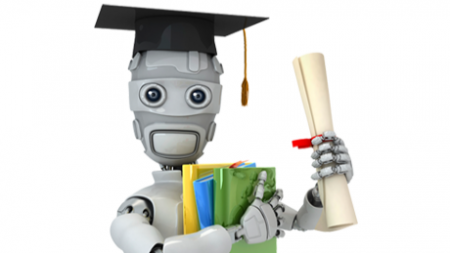
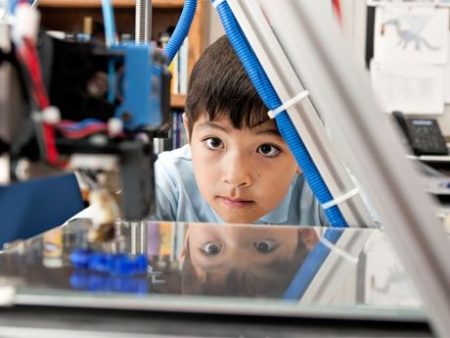
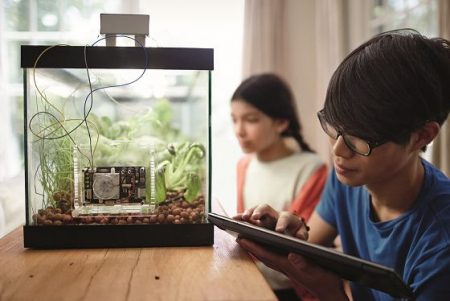
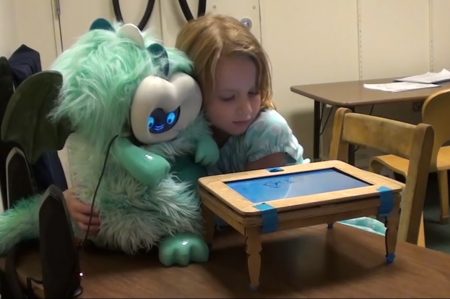









[…] Peter Diamandis Shares His Views on Education in the 21st Century – Part 3: Exponential Technologi… […]